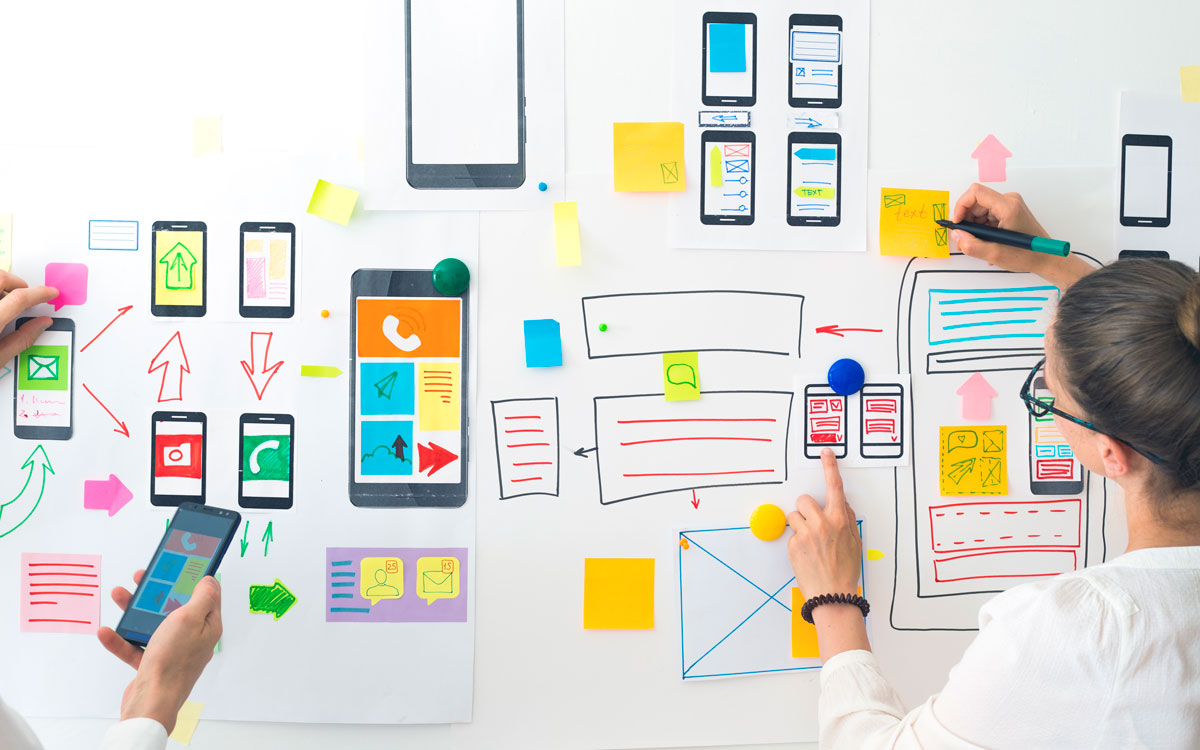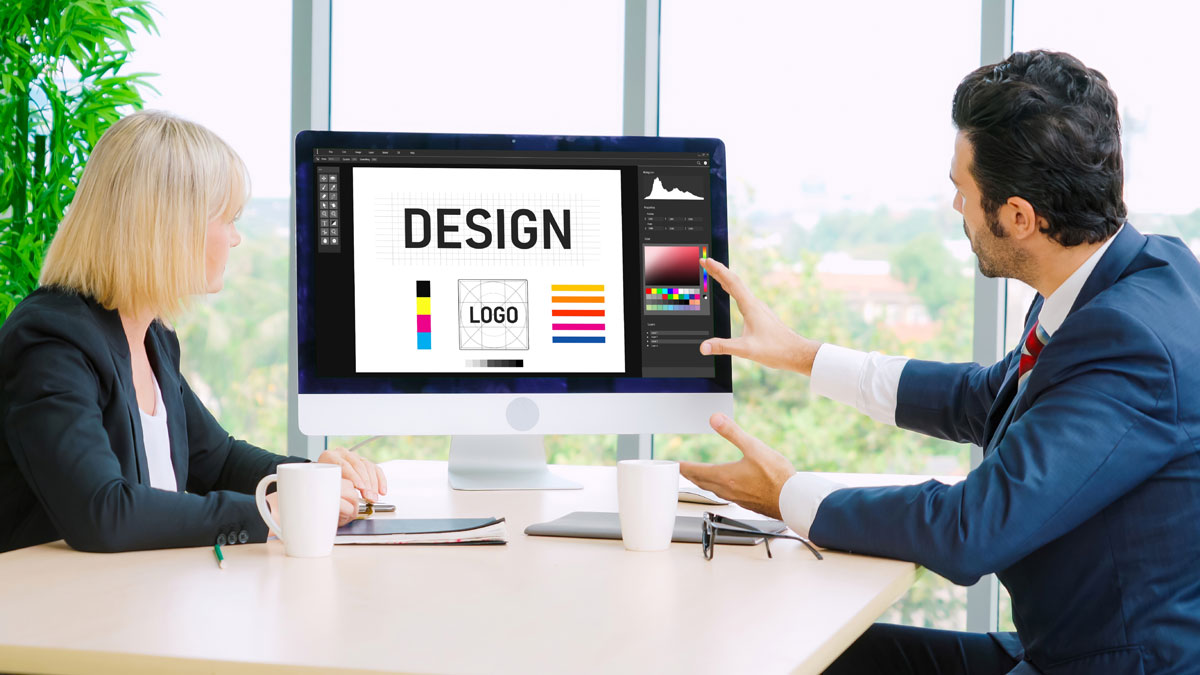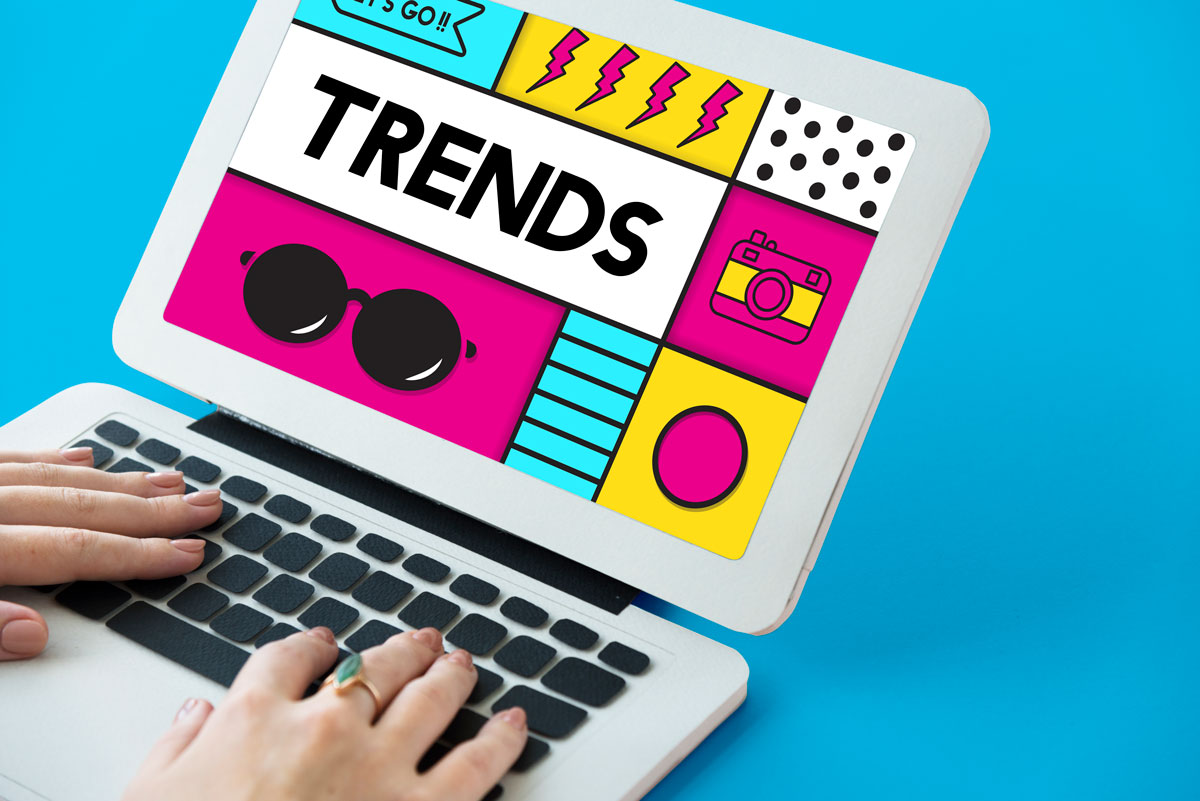User Experience (UX) design is fundamental to creating products or services that resonate with real users. The UX design process bridges the gap between developing an idea and making it a reality. This process aims to delight and satisfy the end-users. In this comprehensive guide, we will explore the world of UX design. We aim to make the steps involved in crafting seamless user journeys easier to understand.
Understanding the UX Design Process
Image by Freepik
The UX design process is not just a linear path; it's an iterative journey to optimize the user experience continually. It can be broken down into several key stages:
1. User Research: Uncovering Pain Points
User research is the foundation of UX design. It involves gathering data and insights to understand the target audience's behavior, preferences, and pain points. This stage aims to answer questions like: Who are the users? What are their needs? What challenges do they face?
Significance: Designers use user research to gain a deep understanding of the end-users. This helps them design solutions that directly address users' issues and create a more user-centered product or service. Statistics show that involving users in the design process can result in a remarkable 100x ROI.
2. Creating User Personas
User personas are detailed, fictional representations of your ideal users. The user personas are created using the data collected from user research. They help designers understand and address different user segments' specific needs, goals, and behaviors.
Significance: User personas provide a clear picture of your target audience. Designers use this information to make informed design decisions. These decisions align with the preferences and expectations of real users.
3. Designing User Flows
User flows represent users' paths within your product or service. They illustrate users' steps to achieve specific goals, such as purchasing or signing up for an account.
Significance: User flows ensure that the user journey is logical and intuitive, helping users accomplish their tasks efficiently. Well-structured user flows can lead to increase in user satisfaction.
4. Conducting User Testing
During user testing, real users interact with your product or service. Designers observe and collect feedback from these users. This stage helps identify usability issues, understand how users interact with the design, and make necessary improvements.
Significance: User testing validates design decisions and ensures that the product or service aligns with user expectations. Studies indicate that every dollar invested in UX returns $100, emphasizing the ROI of user testing.
5. High Fidelity Design Phase
In the high fidelity design phase, designers create detailed, pixel-perfect mockups of the product or service. These mockups incorporate visual design elements and interactions, representing near-final user interfaces.
Significance: High fidelity designs help refine the visual aspects of the product and ensure that it aligns with the brand's identity and user expectations.
6. Collaboration in Design Teams
Effective collaboration is essential in UX design. Design teams often consist of UX designers, UI designers, developers, and other stakeholders. Clear communication ensures that everyone shares a common vision. Teamwork is also important in delivering a cohesive user experience.
Significance: Collaboration ensures that all design aspects are in sync. It includes user research and implementation, resulting in a more streamlined and efficient design process.
7. Iterative User Experience Design
UX design is not a one-time effort; it's an ongoing process of iteration. Designers regularly revisit and refine the design based on user feedback, changing requirements, and emerging trends.
Significance: Designers can adapt to evolving user needs and technology through iteration. This ensures that the product or service stays relevant and competitive in the long run.
Image by
Freepik
How Users Interact with Your Product or Service
Understanding how users interact with your product or service is pivotal in creating a successful user experience (UX). These interactions define the user's journey. These interactions can greatly affect the user's satisfaction and loyalty. Here's an expanded explanation of how users interact with your product or service:
Users interact with your product at different touchpoints. They start when they discover your product and continue until they achieve their goals. It starts with the initial exposure, often through marketing efforts or word-of-mouth recommendations. Users then engage with your product- a website, mobile app, or physical device.
Navigation and usability are critical aspects of interaction. Users must intuitively understand how to use your product, find information, and accomplish tasks. The layout, menu structure, and user interface elements are vital in guiding users through their journey.
Feedback mechanisms like buttons, forms, and messaging allow users to communicate with the product. Effective feedback ensures users stay informed about their actions and the system's responses.
Performance is another key factor. Users expect fast load times and responsive interfaces. A single-second delay in page load can lead to a 7% reduction in conversions, underlining the importance of speed.
Ultimately, users seek value. They want your product to fulfill their needs or desires efficiently and effectively. If their interaction results in a positive outcome, they are more likely to return and become loyal customers. Conversely, a poor interaction can drive them away, often never to return.
Continuous testing, user feedback collection, and data analysis are essential to optimize user interactions. You can create a product or service by refining the user experience based on these insights. This product or service will meet user expectations and even exceed them. As a result, it fosters customer satisfaction and builds loyalty.
The Impact of UX Design
Effective UX design has a substantial impact on businesses and the overall user experience:
Image by Freepik
- Business Performance: Effective UX design can significantly boost a company's bottom line. Well-designed interfaces lead to higher conversion rates. After having a bad experience on a website, 88% of online consumers are less likely to return.Streamlined user journeys also lead to increased sales and improved customer retention. For instance, businesses that neglect UX suffer, with poor usability cited as the reason for 70% of online business failures.
- User Satisfaction: A seamless user experience delights customers, enhancing their satisfaction and trust in a brand. This satisfaction translates into positive word-of-mouth recommendations and brand loyalty. Conversely, a frustrating or confusing UX can deter users and erode trust, potentially driving them to competitors.
- Cost Savings: UX design is not just an expense; it's an investment that pays off in the long run. Companies can save a lot of money on expensive fixes and customer support after the launch by identifying and addressing usability issues early in the design process through user testing.
- Competitive Advantage: Exceptional UX sets a product or service apart in a crowded marketplace. Companies prioritizing UX gain a competitive edge by delivering a superior user experience that attracts and retains customers.
- User Engagement: Engaged users are more likely to explore and use a product or service extensively. Effective UX design has the power to encourage users to interact more deeply and consistently with a system. As a result, levels of engagement rise.
- Brand Reputation: A positive user experience contributes to a positive brand reputation. Users associate well-designed products with professionalism, reliability, and quality, enhancing brand equity.
- Accessibility and Inclusivity: Companies can reach a broader audience, including individuals with disabilities, by focusing on accessibility in UX design. This helps them ensure that their products are inclusive and compliant with regulations.
Common Pain Points in UX Design
While the goal of UX design is to eliminate user pain points, designers often face their own challenges in the process:
1. Balancing User Needs and Business Goals
Challenge: In UX design, one of the key challenges is to strike the right balance. This means fulfilling user needs while aligning with the business's objectives. There's often tension between what users want and what the company needs to achieve to remain profitable.
Solution: Designers must act as mediators, advocating for users while considering the practicality of the business goals. Regular communication with stakeholders can help find a harmonious balance. Deep understanding of user and business requirements is also essential for finding this balance.
2. Achieving Consistency
Challenge: Maintaining consistency in user experience can be daunting. This is especially true in the age of multi-platform and multi-device interactions. Users expect a seamless transition between web, mobile, and other platforms.
Solution: Establish a comprehensive design system with guidelines, patterns, and components. This system has a goal of maintaining a consistent look and feel on all touchpoints. It aims to improve the fluidity and coherence of the user journey.
3. Handling Complexity
Challenge: With technological advancements, products and services have become increasingly complex. Managing this complexity while delivering an intuitive user experience can be challenging.
Solution: You can simplify complex processes and concepts by organizing information in a clear way, creating user-friendly pathways, and gradually revealing information. Prioritize simplicity, clarity, and user-friendly interfaces while accommodating the necessary complexity.
4. User Feedback Integration
Challenge: Gathering and integrating user feedback can be time-consuming and sometimes overwhelming. Not all feedback aligns with the design vision, making it challenging to discern which suggestions to prioritize.
Solution:
- Establish a structured process for collecting and analyzing user feedback.
- Focus on feedback that aligns with the project's goals and design principles.
- Use A/B testing and usability testing to validate design decisions objectively.
5. Staying Updated with Trends
Challenge: The field of UX design is always changing. Emerging technologies and shifting user behaviors contribute to this constant evolution. It might be difficult to keep up with the most recent trends and best practices.
Solution: Invest in continuous learning and professional development. Attend conferences, workshops, and webinars to keep abreast of industry trends. Additionally, cultivate a network of peers to share insights and experiences.
6. Overcoming Resistance to Change
Challenge: Organizations sometimes resist adopting UX design principles, especially when significantly changing established processes or systems.
Solution: Effective communication is key. Provide evidence-based arguments, case studies, and ROI data to demonstrate the value of UX design improvements. Collaborate with stakeholders to address concerns and gradually implement changes.
7. Resource Constraints
Challenge: UX design often requires time, skilled professionals, and adequate resources, which can be limited in some organizations.
Solution: Prioritize UX activities based on their impact and feasibility. To secure necessary resources, you need to demonstrate the potential return on investment. You also need to make the case for the importance of UX in achieving business goals.
8. Overcoming Biases and Assumptions
Challenge: Designers and stakeholders may unintentionally bring their biases and assumptions into the design process. They may overlook user needs.
Solution:
- Encourage empathy and open-mindedness among team members.
- Incorporate user research and usability testing to validate or challenge assumptions.
- Keep the focus on data-driven design decisions.
Conclusion
The UX design process is a dynamic and user-centric approach to crafting products and services that resonate with real users. It involves understanding user needs, creating user personas, designing user flows, conducting user testing, refining high-fidelity designs, and embracing collaboration.
Some challenges may arise in the UX design process, such as balancing business goals, achieving consistency, and handling complexity. However, putting in the effort to create exceptional user experiences is highly rewarding.
Remember, UX design is not a one-time task but an ongoing commitment to providing users with the best possible experience.
To ensure that your product or service remains relevant and competitive in the ever-changing digital landscape, you should stay in tune with user needs. Continuously refine your design to meet those needs.
FAQs
1. What is the primary goal of UX design?
In UX design, the main objective is to create exceptional user experiences. This can be achieved by understanding and meeting the actual needs of real users.
2. How does user research benefit UX design?
Designers use user research to uncover user pain points, preferences, and behaviors. This helps them design solutions that effectively cater to these specific needs.
3. What is the significance of user personas in UX design?
User personas are idealized portrayals of hypothetical users. They assist designers in understanding users' needs and preferences to make design choices that align with those needs.
4. Why is user testing important in the UX design process?
Designers use user testing to gather valuable feedback from real users. They can identify usability issues and make informed improvements to the design. Ultimately, this enhances the user experience.
How can businesses measure the success of their UX design efforts?
Businesses can measure the success of their UX design efforts. This can be done through various metrics, including user satisfaction, conversion rates, user engagement, and return on investment (ROI). These metrics reflect the impact of UX design on the overall business performance.




